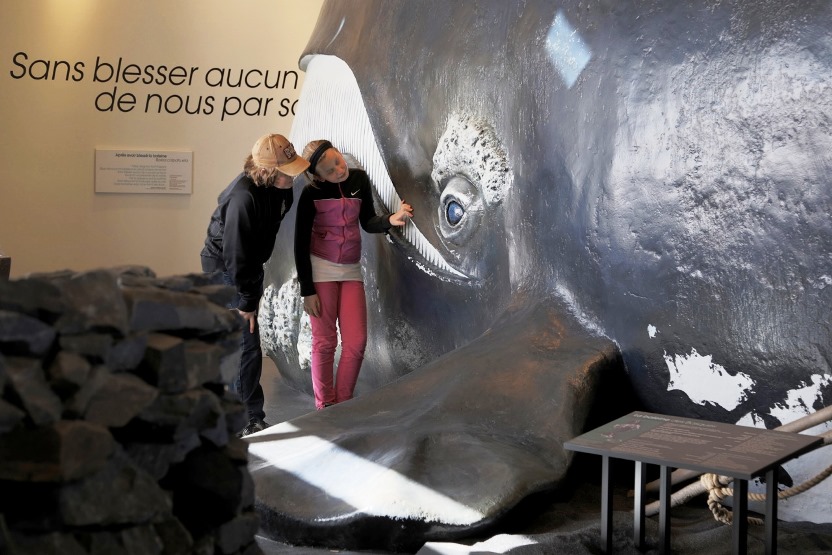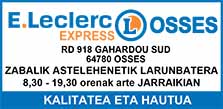The Parc de L’aventure Basque en Amérique, the interpretation center of Basque history located in northerrn Quebec, will celebrate Halloween tomorrow, November 1st. It will be the first event after a “very good summer,” as Mélanie Paquet, director of the center, tells EuskalKultura.com. Along with this family-style All Hallows’ Day, they museum will also celebrate the fourth ‘Carnaval pistoneige,’ in February, and will receive students from different schools of the region all through the year.
Trois-Pistoles, Quebec. November the 1st will be when the Parc de L’aventure Basque will welcome disguised families to celebrate All Hallows’ Day, with children and adults. The interpretation center will turn into a haunted museum where the visitors will enjoy a “scary story-telling, collation, and many surprises,” as it is being advertised. They expect around one hundred people, likewise in previous editions.
The next event the museum has already programmed is the fourth Carnaval pistoneige, in February. This proposals popularity is growing and, last year included live music, videos, sports, games, and makeup for kids, in a family friendly atmosphere.
Besides these two announced events, the center usually holds a Christmas party in December, for up to 70 people; concerts and live music; solidary campaigns; book releases; classes; gastronomic activities; and even three pala leagues −for women, men, and children− after the season officially starts, on June 15. During summer they also celebrate Quebec’s National Day (June 24), a Basque festival (July 31, August 1-2), and the Month of Archeological Activities (August). And during the year, they welcome groups of students visiting from different schools of the region to learn more about history, since they have special activities for kids 8-12 and 12-15.
Most of the visitors go during summer, though, especially in the last two, when the parc has been showing its new exhibition on how Basque whalers of the 16th century. worked and lived in the area. This past summer has been “very good,” in the words of Paquet. “We´ve had around 1,500 visitors (inside the museum; plus some 5,000 visitors in the outside bistro), more or less like last summer, but three times more than two years ago. This exhibition is being successful.”
In fact, the museum received an award in June for the job done with the exhibition, something that has encouraged them to work harder: “We’d like to collaborate with other institutions, like Euskaldunak from Quebec and the North American Basque Organizations,” says Paquet.






 Send to a friend
Send to a friend Add comment
Add comment








